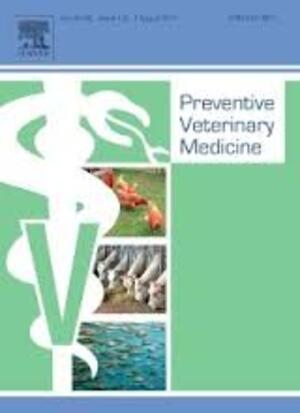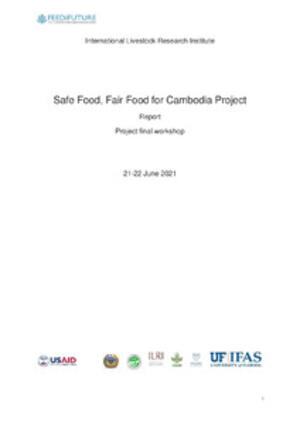
Dynamic risk model for Rift Valley fever outbreaks in Kenya based on climate and disease outbreak data
Abstract
Rift Valley fever (RVF) is a mosquito-borne viral zoonotic disease that occurs throughout sub-Saharan Africa, Egypt and the Arabian Peninsula, with heavy impact in affected countries. Outbreaks are episodic and related to climate variability, especially rainfall and flooding. Despite great strides towards better prediction of RVF epidemics, there is still no observed climate data-based warning system with sufficient lead time for appropriate response and mitigation. We present a dynamic risk model based on historical RVF outbreaks and observed meteorological data. The model uses 30-year data on rainfall, temperature, relative humidity, normalised difference vegetation index and sea surface temperature data as predictors. Our research on RVF focused on Garissa, Murang’a and Kwale counties in Kenya using a research design based on a correlational, experimental, and evaluational approach. The weather data were obtained from the Kenya Meteorological Department while the RVF data were acquired from International Livestock Research Institute, and the Department of Veterinary Services. Performance of the model was evaluated by using the first 70% of the data for calibration and the remaining 30% for validation. The assessed components of the model accurately predicted already observed RVF events. The Brier score for each of the models (ranging from 0.007 to 0.022) indicated high skill. The coefficient of determination (R2) was higher in Garissa (0.66) than in Murang’a (0.21) and Kwale (0.16). The discrepancy was attributed to data distribution differences and varying ecosystems. The model outputs should complement existing early warning systems to detect risk factors that predispose for RVF outbreaks.
Citation
Gikungu, D., Wakhungu, J., Siamba, D., Neyole, E., Muita, R. and Bett, B. 2016. Dynamic risk model for Rift Valley fever outbreaks in Kenya based on climate and disease outbreak data. Geospatial Health 11(2): 95-103.










